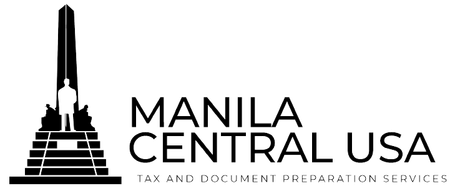Understanding the Refundable Portion of the Child Tax Credit
31 March 2025
The Child Tax Credit (CTC) is a significant benefit for many American families, but understanding its nuances, particularly the refundable portion known as the Additional Child Tax Credit (ACTC), can be tricky. While the full Child Tax Credit is often non-refundable (meaning it can only reduce your tax liability to $0), the ACTC offers the potential for a refund even if you don't owe any taxes. This article will guide you through calculating the refundable portion of the ACTC, with a special focus on the all-important phase-in rate.
The Child Tax Credit: A Quick Overview
Before discussing the ACTC, let's review the basics of the Child Tax Credit. The maximum Child Tax Credit is $2,000 per qualifying child. You generally qualify if:
- You have a qualifying child (under age 17 at the end of the year, related to you, lives with you more than half the year, meets citizenship and dependent requirements).
- You meet certain income requirements.
- You have a Social Security number for each qualifying child.
This credit can reduce your tax liability. However, if the credit amount exceeds your tax liability, the remaining portion may be refundable through the ACTC, but only up to a certain limit.
What is the Additional Child Tax Credit (ACTC)?
The ACTC is designed to provide a benefit to families with low to moderate incomes. It allows a portion of the unused Child Tax Credit to be refunded to taxpayers, even if their tax liability is zero. In essence, it's a way the government can help families with the cost of raising children even if they don't have a significant tax burden.
Before we dive into the calculation of the refundable amount of the ACTC, let's first understand the phase-in rate. The phase-in rate is the rate at which the credit increases as the taxpayer's earned income increases. In the case of the ACTC, the phase-in rate is 15%. This means that for every $1 of earned income above a certain threshold, the ACTC increases by 15 cents.
To calculate the refundable amount of the ACTC, you will need to follow these steps:
Step 1: Calculate your potential CTC: Multiply the number of qualifying children by the maximum Child Tax Credit amount per child (For 2024: $2,000). This is your potential Child Tax Credit amount.
Step 2: Determine your "Tax Liability" (Line 16 of Form 1040): This is the total amount of tax you owe before any credits are applied.
Step 3: Calculate your tentative ACTC. Subtract the amount of your tax liability from the amount of the potential CTC calculated in Step 1. This will give you the tentative amount of the ACTC.
Step 4: Calculate your earned income exceeding the threshold ($2,500 for 2024):
- Earned Income: This generally includes wages, salaries, tips, and net earnings from self-employment. Unearned income (like interest, dividends, Social Security benefits) doesn't count.
- Earned Income Exceeding $2,500: Subtract $2,500 from your total earned income. If the result is zero or less, your additional child tax credit is zero.
Step 5: Calculate 15% of your earned income exceeding $2,500: Multiply the amount from step 4 by 0.15 (15%). This is the maximum refundable amount you can receive through the ACTC.
Step 6: Compare and Determine the ACTC: Compare the result from Step 5 (15% of earned income exceeding $2,500) with the unused portion of the Child Tax Credit from Step 3 (The amount of Child Tax Credit that was not used to reduce your tax liability). Your Additional Child Tax Credit (refundable amount) is the smaller of these two amounts.
Here's an example to help illustrate how to calculate the refundable amount of the ACTC:
Example: Sarah is a single mother with two qualifying children. She has a tax liability of $1,000 and total earned income of $20,000.
Step 1: Calculate the CTC. Sarah is eligible for a CTC of $4,000 (2 x $2,000 per child).
Step 2: Determine the tax liability. Sarah's tax liability is $1,000.
Step 3: Calculate tentative ACTC. Sarah's tentative ACTC is $3,000 ($4,000 - $1,000).
Step 4: Calculate earned income exceeding the threshold. $20,000 - $2,500 = $17,500.
Step 5: Calculate 15% of the earned income exceeding $2,500. $17,500 x 0.15 = $2,625.
Step 6: Compare and Determine the ACTC. Sarah's ACTC (refundable amount) is the smaller of $2,625 and $3,000, which is $2,625.
The Additional Child Tax Credit is a valuable benefit for working families with children. It helps to offset the cost of raising children and can provide much-needed financial relief for those who qualify. As tax laws and regulations continue to evolve, it is important for families to stay informed about their eligibility for this and other credits. By taking advantage of the Additional Child Tax Credit, families can receive a significant boost to their refunds and make ends meet in the face of rising costs.

Manila Central USA Inc. Phone: (562) 219-5082 Email: info@manilacentralusa.com Address: 12562 Centralia St., Lakewood CA 90715
Manila Central USA, Inc. is not a law firm. We are not attorneys. We can only provide self-help services at your specific direction. We cannot perform the services that an attorney performs and therefore cannot engage in the practice of law, represent you in court, advise you about your legal rights or the law and select forms for you. We cannot charge a fee for referral of the client to another for services that we cannot or will not perform. If you need legal advice and/or representation, you should contact an attorney or the State Bar of California for a referral. All information on this site are for general informational purposes only and does not, and is not intended to, constitute legal advice nor a substitute for legal advice. If you have any legal questions, you should seek the advice of an attorney. We assume no responsibility or liability for any loss, injury, claim, or damage related to your use of any information from this site, whether from errors or omissions in the content.
